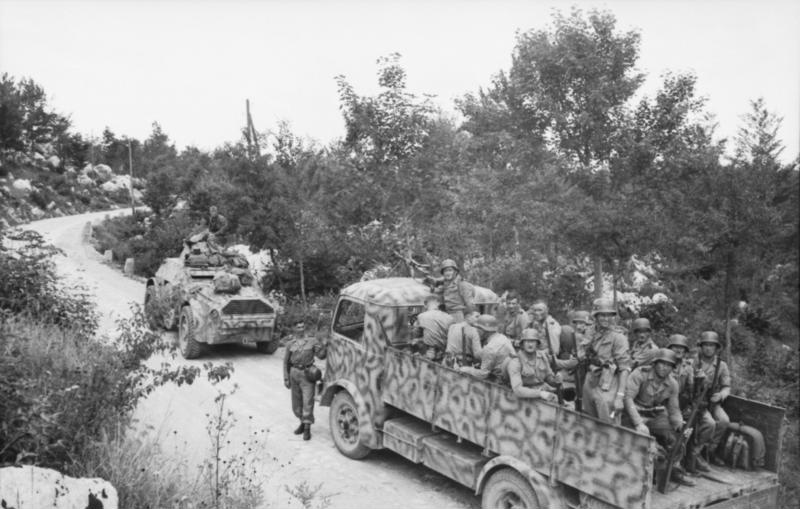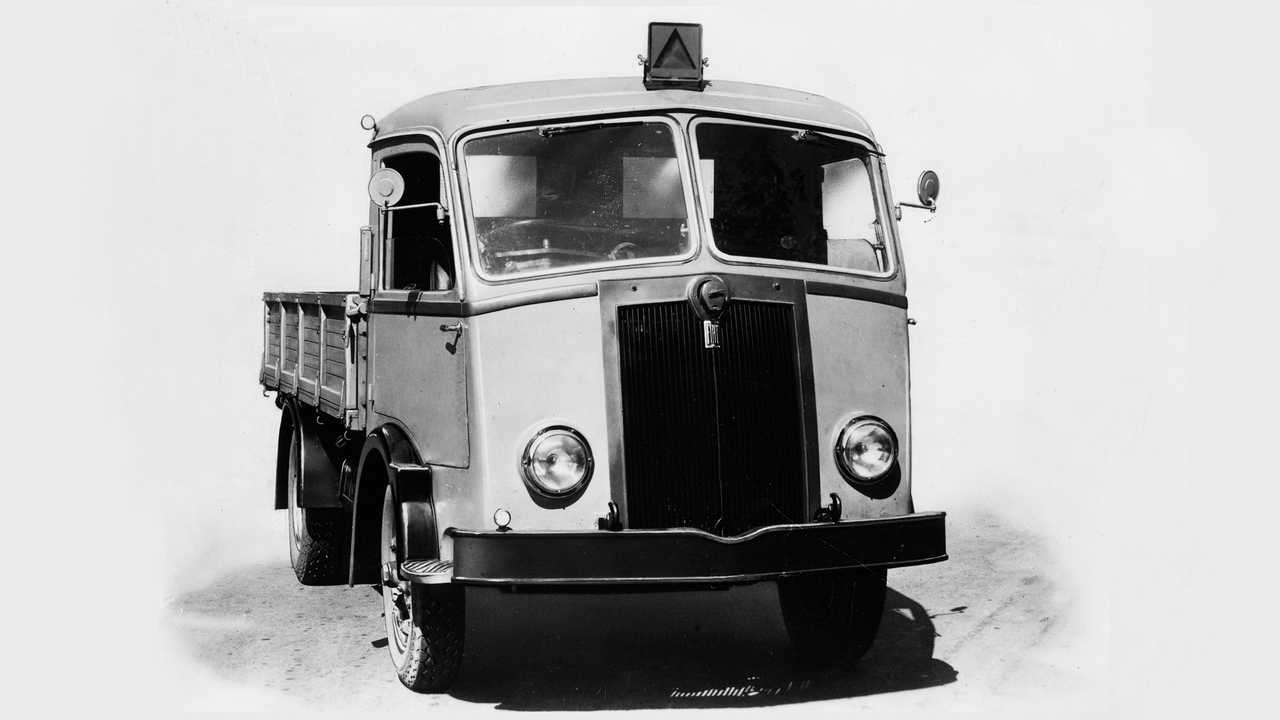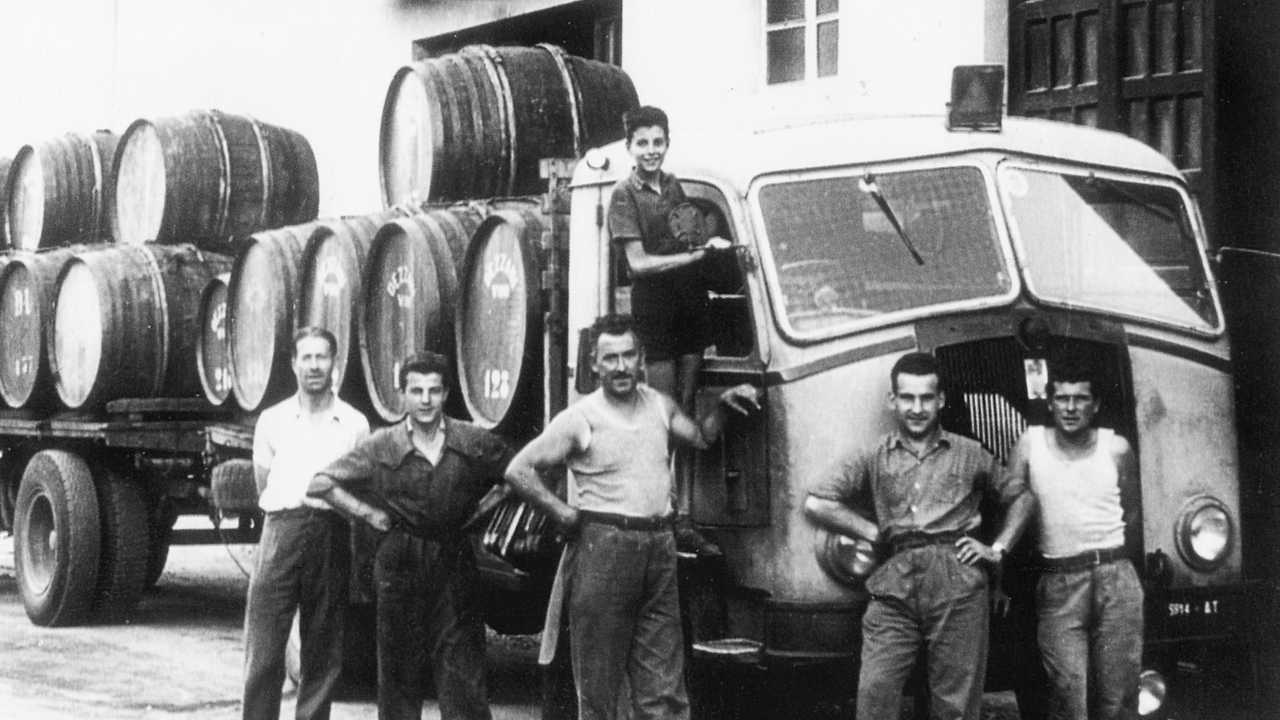
Fiat 626N and 666N, border trucks
Content
In 1939, Fiat introduced 626N and 666N (N stands for naphtha), two trucks that today we can define the border between the past and the future in Production of trucks in Italy.
Their main feature was improved cabinseven if they weren't really the first ... However, the start of series production gave way to an evolution in truck cab design, which led to the abandonment of the automotive style.
In 1940 wasAlfa Romeo she rushed into the forward cabin, behind which in the first post-war years OM, only A spear, continued until the 55th year to release his exquisite curmudgeons. In 63rd year Scania also introduced the LB76 and then the LB110.

New "cargo" style
In the Fiat 626N and 666N, the cabins were quite boxy, wood and covered with sheet metal panels. large glass surfaces and excellent visibility, is far superior to the rear cockpit.
Even comfort at the time was quite advanced, with good ventilation provided by opening the windshield.

Easy access to the engine
Adopting refined cockpit relocated engine inside, covered with a large hood placed between the two seats. This large hood is raised to allow routine maintenance.
For the most important interventions the motor unit could be removedremoving the bumper and radiator grill relatively easily. It should be emphasized that the shape and layout of the 626 and 666 cabs remained this way over the years, until the dump cab was introduced.

Equipment
626 N was equipped with 6-cylinder enginetype 326, indirect injection 5.750 cc 70 CV at 2.200 rpm, this allowed it to reach speeds under full load 62 km / h... The useful range was 3.140 kg and could tow cargo up to 6.500 kg.
The older brother, the 666N, was also powered by a Type 6, 366-cylinder, indirect fuel injection. 105 CV at 2.000 rpm, but with a displacement of 9.365 cc 55 km / h... The useful range was 6.240 kg and the towed weight increased to 12 thousand kg.

Indirect injection engines
I indirect injection engines they were very innovative and allowed higher revs than traditional direct injection engines. To run it was necessary to use incandescent heaterUnfortunately, not very efficient, which always made it difficult to launch, especially in the harshest climates.
To solve this problem, the last 666 units produced were equipped with a 366 / 45N7 direct injection engine.
Military truck and then retired
Both the 626N and 666N were widely used on all fronts during World War II (1939-1945), and production resumed after the conflict and continued until the end of 1948, when they were introduced. 640N and 680N.
